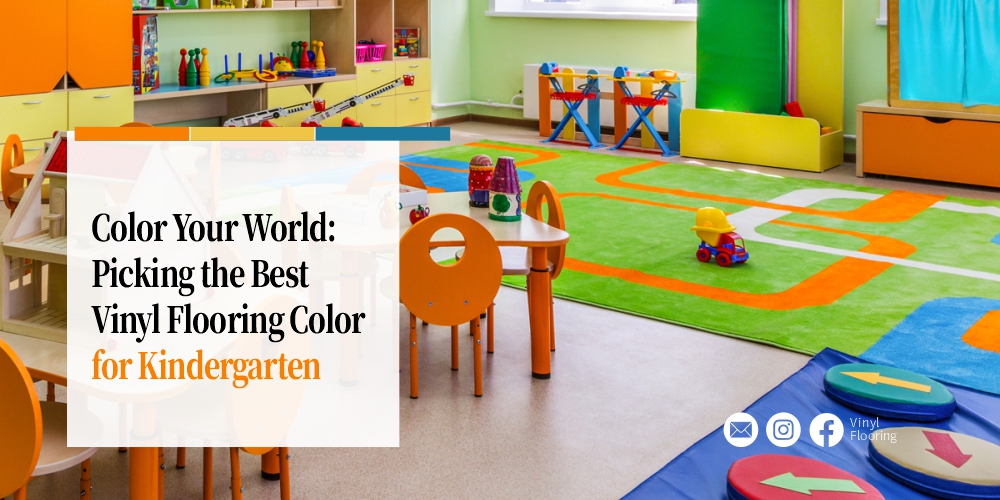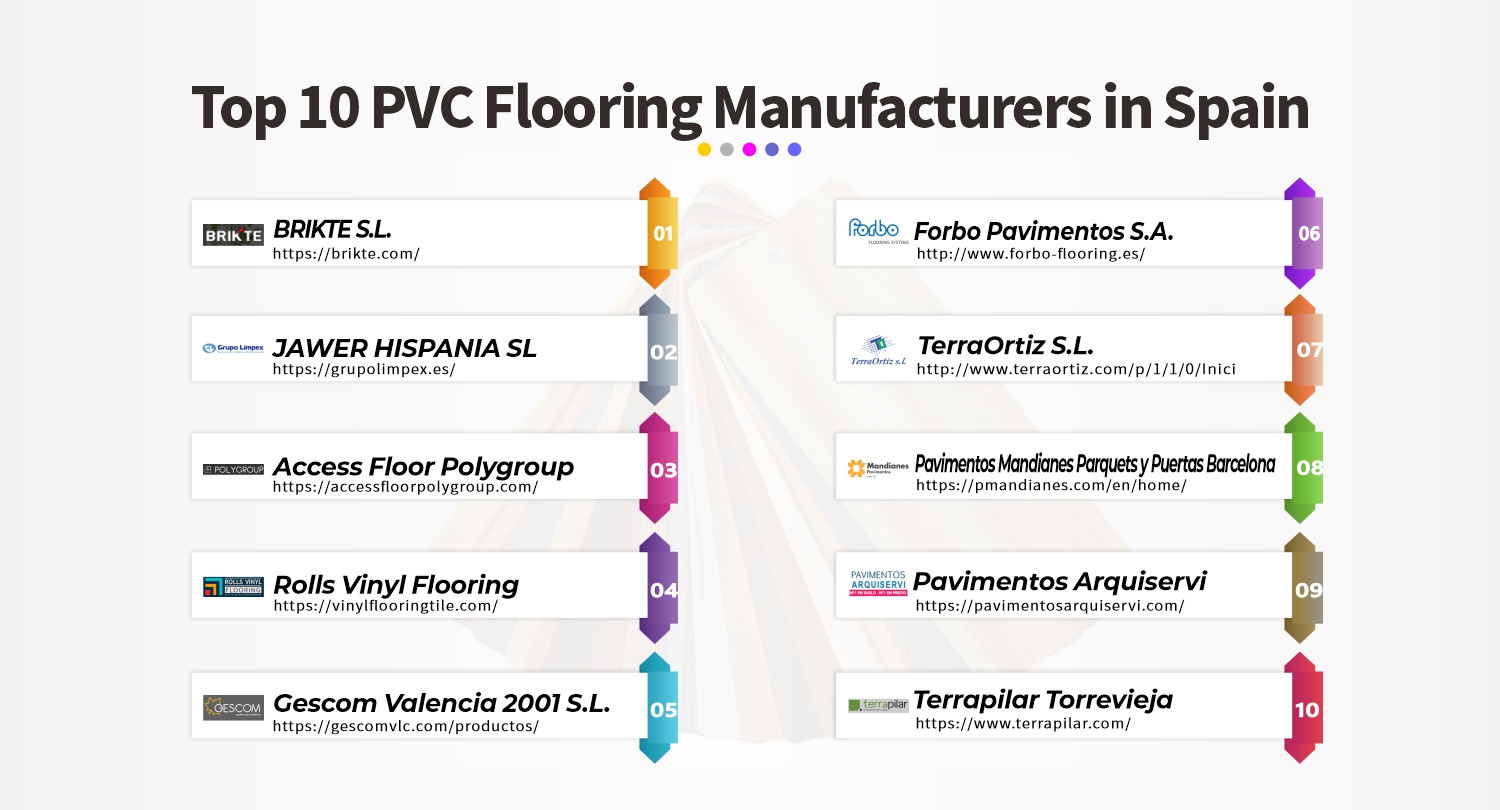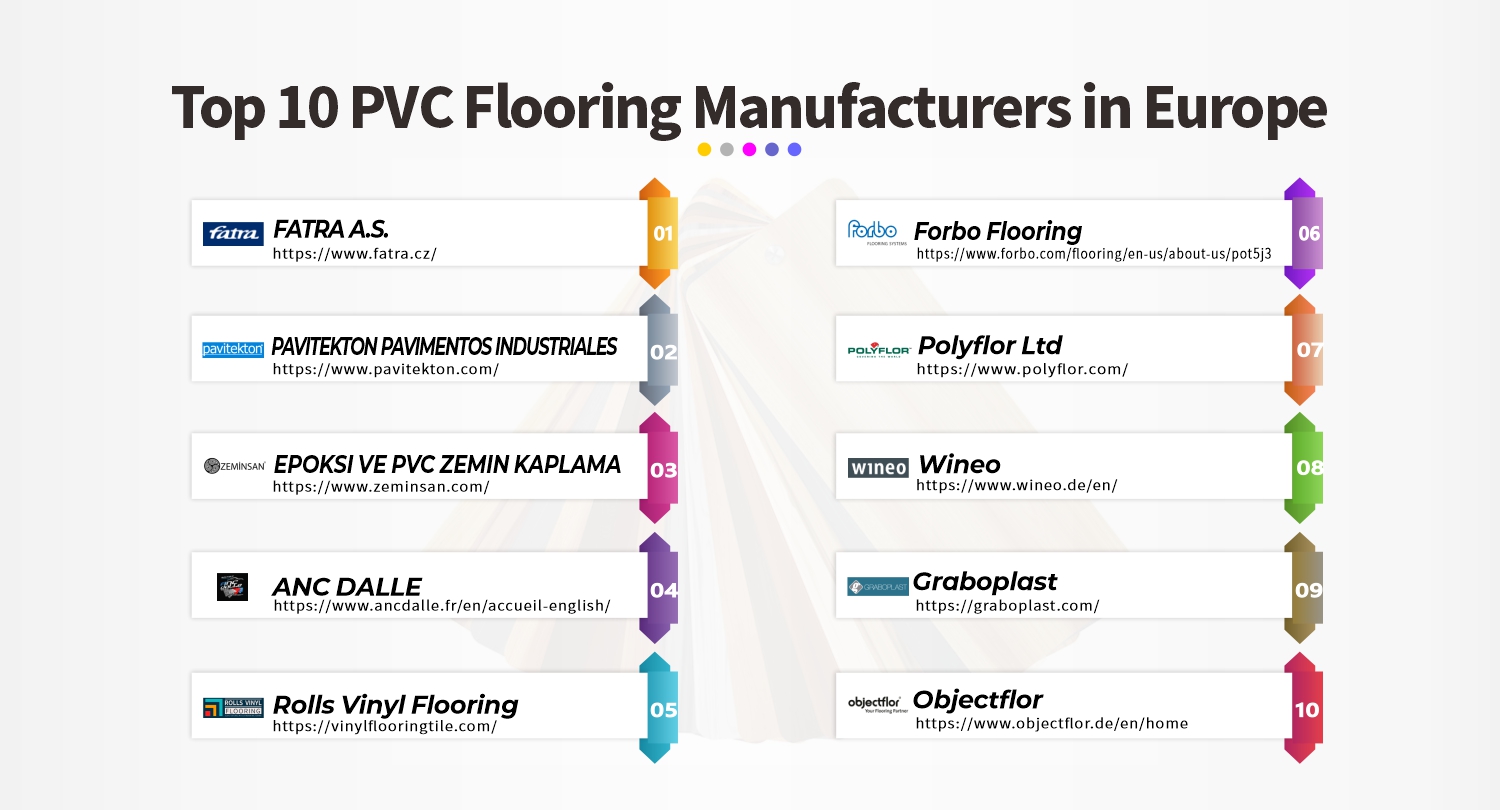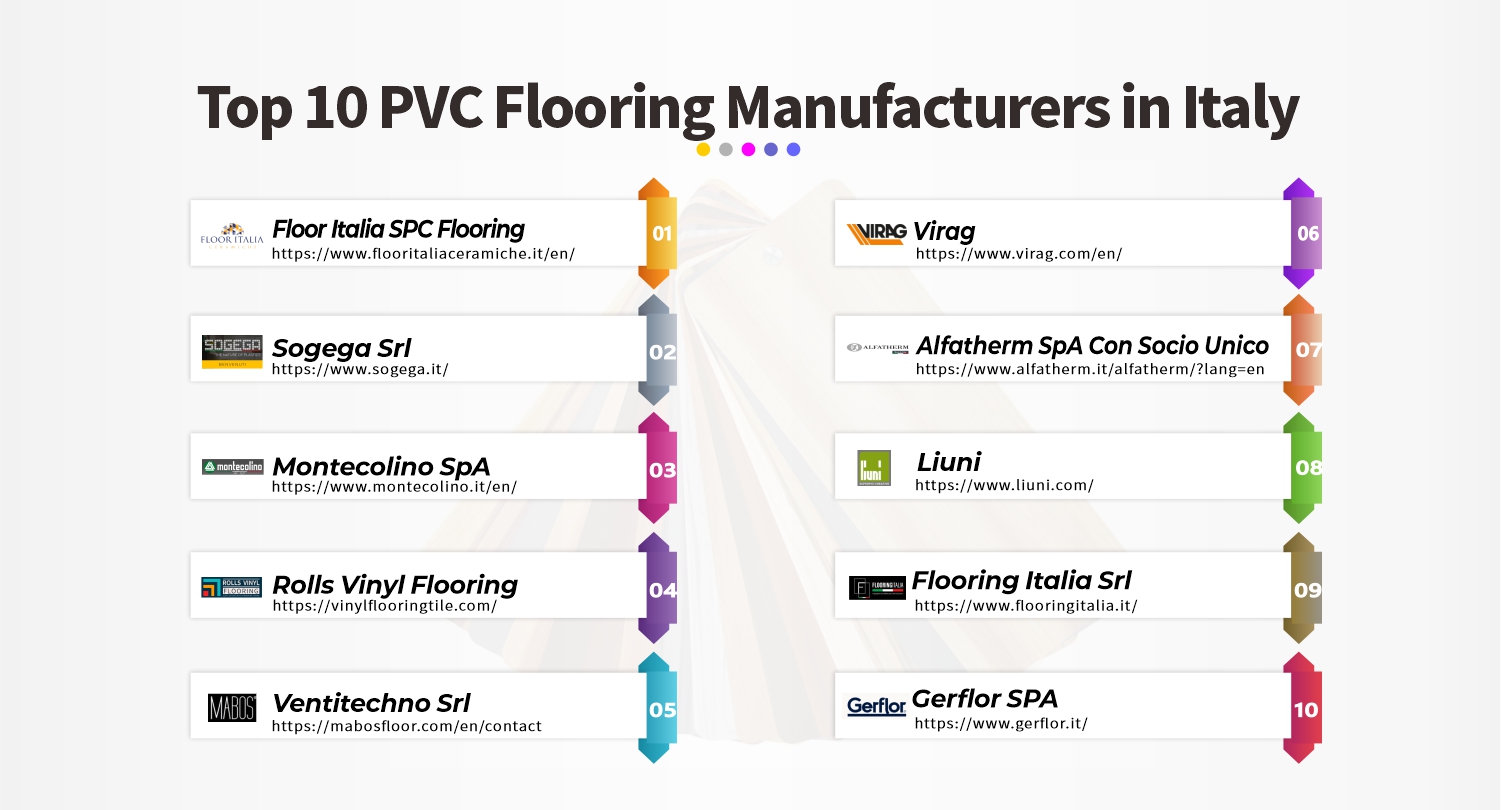Are you ready to take your kindergarten’s learning environment to the next level? Let’s talk about the power of color psychology in education! Did you know that the color of your vinyl flooring can have a significant impact on your young students’ behavior and learning experience? Join us as we explore how the use of vibrant hues and playful shades can create an inspiring and engaging atmosphere for young learners.
When selecting vinyl floor colors for kindergartens, consider factors such as the age range and gender balance of the children, color psychology, room size and layout, and safety considerations. Popular color choices include bright and bold primary colors, pastel colors, and neutral colors. The benefits and drawbacks of each color group should be weighed, and tips for color selection and design implementation should be followed.
By choosing the right vinyl flooring color for your kindergarten, you can create a safe and stimulating environment that encourages learning and creativity. Read on for more in-depth information and tips on color selection.
1. Introduction
Vinyl flooring is a popular choice for flooring in kindergartens due to its durability, easy maintenance, and slip-resistant properties. It is also available in a wide range of colors and designs, making it an attractive option for creating a stimulating and engaging learning environment for young children. Vinyl flooring is made from synthetic materials such as PVC and is a cost-effective alternative to other flooring materials such as hardwood, carpet, or ceramic tiles. It is also known for its low environmental impact, making it an eco-friendly choice for kindergarten flooring.

The purpose of the article is to offer guidance on selecting the best color for vinyl flooring in kindergarten settings. The color of the flooring can have a significant impact on the overall look and feel of the classroom and can also influence the learning experience of young children. For example, bright and bold colors can help to stimulate creativity and inspire imagination, while soft and muted colors can create a calm and relaxing environment that promotes concentration and focus.
The article provides practical tips and recommendations for choosing the most appropriate color for a particular kindergarten environment. It suggests considering factors such as the size and layout of the classroom, the amount of natural light, the age group of the children, and the overall design and color scheme of the room. The article also recommends involving teachers and parents in the decision-making process to ensure that the chosen color meets the needs and preferences of everyone involved. By guiding color selection, the article aims to help create an engaging and inspiring learning environment for young children in kindergartens.
2. Factors to consider when selecting vinyl floor colors for kindergartens
A. Age range of children
The age range of children in a kindergarten classroom can influence the color choices for the vinyl flooring. For younger children, bright and bold colors can be stimulating and encourage creativity, while older children may prefer more subdued colors. Additionally, colors that help with learning, such as color-coding for different activities, can be helpful for younger children.
B. Gender balance of the children
While it is important to avoid gender stereotypes, it may be useful to consider the gender balance of the children when selecting vinyl flooring colors. Neutral colors that appeal to both boys and girls, such as green or blue, can be a good choice.
C. Color psychology and its impact on learning and behavior
The colors used in a kindergarten classroom can have an impact on the learning and behavior of children. Warm colors like red, orange, and yellow can be stimulating and promote creativity, while cooler colors like blue and green can be calming and promote focus and concentration.
D. Room size and layout
The size and layout of the kindergarten classroom should also be considered when selecting vinyl flooring colors. Lighter colors can make a small room feel larger, while darker colors can make a large room feel cozier. The layout of the room can also influence the choice of colors, as colors can be used to define different areas of the classroom.
E. Safety considerations, including slip resistance and visibility of spills
Safety should be a top priority when selecting vinyl flooring for kindergartens. Slip-resistant flooring is essential to prevent accidents and injuries, and the visibility of spills is important to ensure that they are promptly cleaned up. Lighter colors can make spills more visible, while darker colors can conceal them. A balance between visibility and concealing stains should be achieved to ensure safety and ease of maintenance.
3. Popular color choices for vinyl flooring in kindergartens
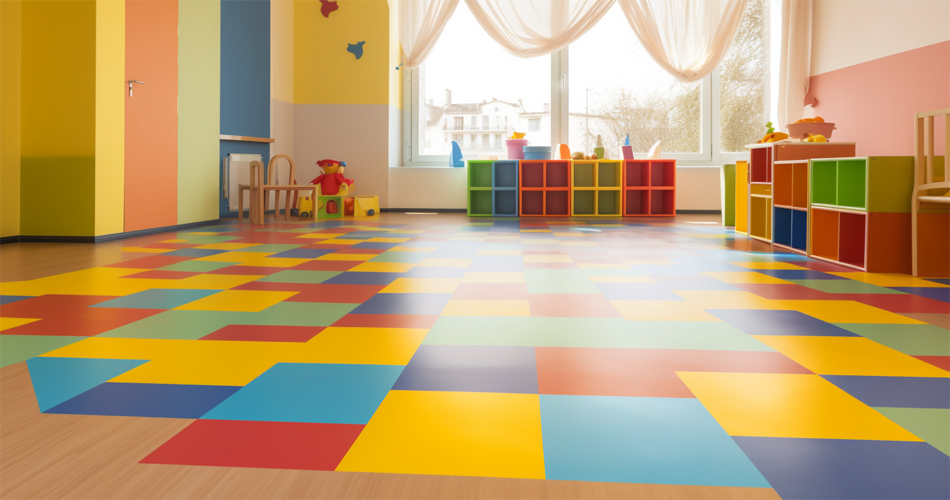
A. Bright and bold primary colors
Bright and bold primary colors such as red, blue, and yellow are popular choices for vinyl flooring in kindergartens. These colors are stimulating and can help to promote creativity and imagination in young children. Primary colors can also be used for color-coding different areas of the classroom or to help children learn about colors.
B. Pastel colors
Pastel colors such as pink, mint green, and lavender can create a calming and soothing environment in a kindergarten classroom. These colors are often associated with tranquility and can help to promote relaxation and focus in young children. Pastel colors can also be used to complement other colors in the classroom, such as bright primary colors or neutral shades.
C. Neutral colors
Neutral colors such as beige, gray, and taupe are versatile choices for vinyl flooring in kindergartens. They can create a clean and modern look and can complement a wide range of other colors in the classroom. Neutral colors are also a good choice if the kindergarten has a specific theme or color scheme, as they can provide a subtle background that does not clash with other colors or patterns in the room. Additionally, neutral colors can help to create a calming and relaxing environment, particularly if the kindergarten classroom is particularly busy or noisy.
4. Benefits and drawbacks of each color group
A. Bright and bold primary colors:
Benefits: Bright and bold primary colors are highly stimulating and can help to inspire creativity and imagination in young children. They are often used in educational settings to help children learn about colors, as well as for color-coding different areas of the classroom. These colors are also visually appealing and can create a fun and engaging learning environment.
Drawbacks: Bright and bold primary colors can be overwhelming for some children, particularly those who are sensitive to stimulation. Additionally, using too many bright colors in a classroom can make it feel chaotic and disorganized. Some teachers and parents may also find these colors to be too loud and prefer a more muted color palette.
B. Pastel colors:
Benefits: Pastel colors are soothing and can create a relaxing and peaceful learning environment. They are often used to complement other colors in the classroom, such as bright primary colors or neutral shades. These colors can also help to promote concentration and focus, which is particularly beneficial for younger children who may struggle with distractions.
Drawbacks: Pastel colors can be seen as too soft or feminine, which may not appeal to all children or educators. These colors can also be difficult to see in low-light environments, which may pose a safety risk. Pastel colors can also be too subtle for some children, particularly those who thrive in highly stimulating environments.
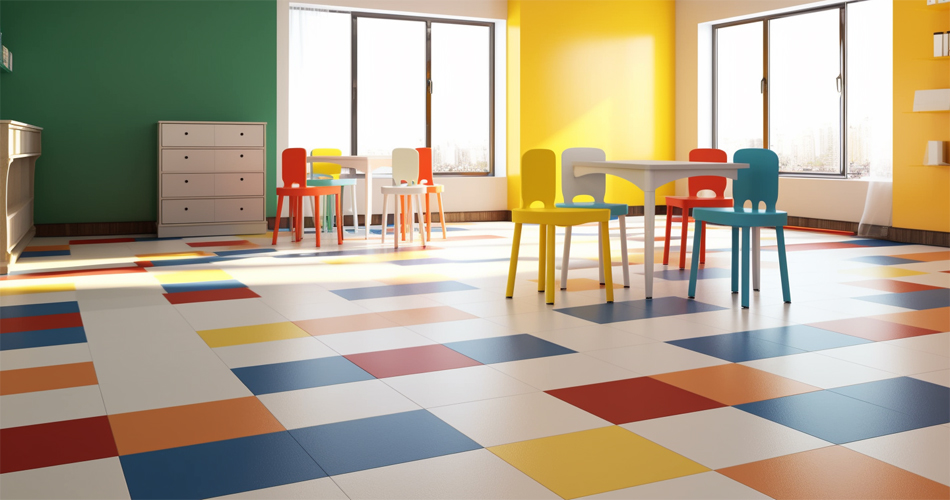
C. Neutral colors:
Benefits: Neutral colors are a versatile choice that can complement a wide range of other colors in the classroom. They can help to create a clean and modern look, which is particularly useful in busy or high-traffic environments. Neutral colors can also create a calming and relaxing learning environment, which can be beneficial for children who struggle with overstimulation.
Drawbacks: Neutral colors can be perceived as boring or unengaging, particularly for younger children who may be drawn to brighter and more colorful environments. They can also be difficult to see in low-light environments, which may pose a safety risk. Additionally, neutral colors can be too subtle for some children, particularly those who thrive in highly stimulating environments.
5. Tips for color selection and design implementation
A. Consider using color combinations to create a stimulating environment
Using multiple colors in a classroom can create a dynamic and stimulating learning environment. Consider using color combinations, such as complementary colors or analogous colors, to create a cohesive and visually interesting design. Be mindful of using too many colors or using colors that clash, as this can create a chaotic and overwhelming learning environment.
B. Choose colors that match the overall theme of the kindergarten
If the kindergarten has a specific theme or color scheme, consider choosing vinyl flooring colors that match or complement this theme. This can help to create a cohesive and visually appealing learning environment. For example, if the kindergarten has a nature theme, consider using green or brown vinyl flooring.
C. Consider the maintenance of the flooring when choosing colors
Vinyl flooring is relatively easy to maintain, but some colors may show stains or wear more easily than others. When choosing vinyl flooring colors, consider the amount of foot traffic and spills that the classroom may experience, and choose colors that are easy to clean and maintain. For example, lighter colors may show dirt and stains more easily than darker colors.
D. Seek professional advice from flooring experts
Choosing the right vinyl flooring color for a kindergarten can be a challenging task. Consider seeking professional advice from flooring experts, who can guide color selection, design implementation, and maintenance considerations. Flooring experts can also recommend specific vinyl flooring products that are best suited for kindergartens and can provide installation services to ensure a high-quality and durable flooring solution.
Picking the best vinyl flooring color for kindergartens is an essential aspect of creating a safe and inspiring learning environment. By following the tips and information in this article, you can choose the right colors and design for your kindergarten’s flooring, providing children with the best possible environment for learning and growth.

